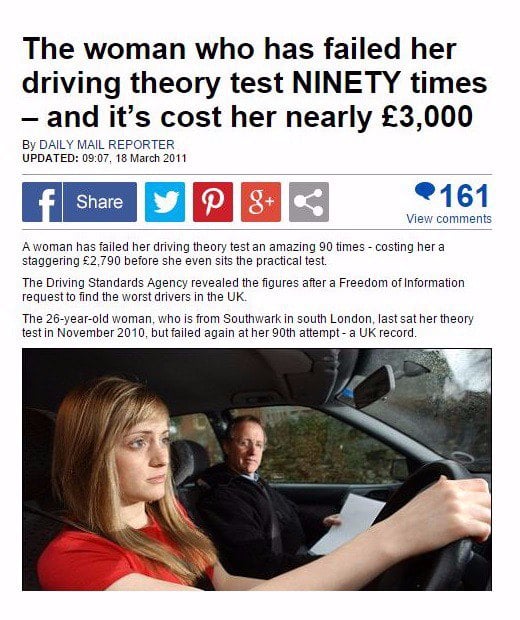It's not just closing your eyes and dreaming
Posted on
Recently I wrote a blog about different types of therapy and how they are all a part of being able to help people.
So often the assumption of someone who has never experienced hypnotherapy is that they just close their eyes and are talked to. That really isn’t the case any more. Thanks to new research and learning, and the fact that as a member of the NCH (National Council for Hypnotherapy) I am obliged to make sure that I take part in CPD or continuing professional development there are a number of interesting ways that could help you to achive what you are looking for.
Here are five more brief explanations of therapy techniques that you may find interesting reading..
1) EMDR
EMDR is a powerful psychotherapy method which comes within the category of “pattern interrupt” techniques and can be effective in reprocessing disturbing memories and bringing them to a therapeutic resolution.
A number of controlled studies have proven the effectiveness of the method in relation to helping to overcome post-traumatic stress disorder (PTSD). The method can be integrated into treatment plans of different therapeutic approaches.
The hypothesis is that eye movement or alternative stimuli trigger a physiological mechanism that activates the Accelerated Information Processing system.
It can be used in many different instances as well as for PTSD, such as fears and phobias.
2) EFT
Emotional Freedom Technique is sometimes known by clients as “tapping” this is because it involves tapping on various parts of the body, face and hands to effect a change in feelings. It is a meridian based therapy with a wide variety of applications. It was created by Gary Craig who wished to gift it to the community so that anyone is free to use it and spread the knowledge of how it works.
It is quick and easy to learn and to teach to clients, often works fast and also works well with other types of therapy.
It can be used with fears and phobias, trauma, PTSD, emotional physical or sexual abuse and many other issues.
3) The Swish technique
Is an NLP system where via visualisation one can remove fears and phobias. It is ideal for teaching to a client and they can then use the technique themselves if and when required.
By creating a visual image of the feelings that we want to change and then an image of how we would like to feel and then swishing them over we can dissolve the feelings attached to the unwanted thoughts and deal with the unusual responses.
We replace the unwanted thought or response with a more useful and appropriate one because the swish can help to change and reprogram our thinking.
It is useful for changing thoughts about fears and phobias and indeed is often used in demonstrations because of its swift response. Once it has been repeated a few times a change can often be seen although it must be reinforced by doing it many times in order to make a permanent change in the thinking about the behavior.
4) The Benefits approach.
The concept of the benefits approach is to utilise the Clients conscious and unconscious motivation to achieve change. During my Client intake interview I focus on the benefits the Client believes they will gain from making the change.
For example, when I question a Client who wishes to reduce their weight I would ask:
What positive change would you like?
This forces them to think positively about what he wants rather than on what he doesn’t want. If he responds with “I want to lose weight” I need to point out that when we lose something we tend to try and find it again. It is better to think of what he does want which is to be slimmer or to be in control of his eating.
I am therefore looking at what the client wants rather than what they don’t want. This is a much more positive way to approach the situation. It can be used in almost all situations alongside other methods it is a very good framework to work around.
5) Fast Phobia release.
This is Richard Bandler’s powerful technique for effective release of phobias and post traumatic disorders, as well as rehearsing future experiences which may be threatening.
Described as being capable of dissolving serious phobias in as little as one session, the technique can in fact take as little as twenty minutes, although, for the sake of rapport building and reinforcing I would take about an hour.
It works by asking the client to imagine themselves in a cinema seeing the event that has traumatised them on the screen so that the dissociation can stop them from being traumatised they can change the image speed it up slow it down, add music and even look away if needed. It can be used for many types of fear and phobia, it is also good for a specific traumatic event that the client wishes to change their thinking about.
I hope that you find reading about the ways that you can find to get help shows you that it really isn't about just lying back and wondering what will happen.
